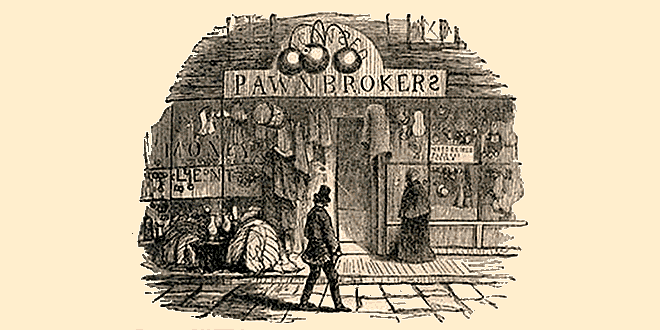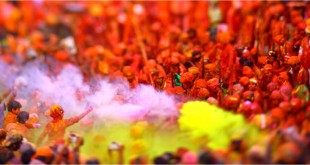Significance of 3 golden balls in Europe
Most European towns called the pawn shop the “Lombard”. The House of Lombard was a banking family in medieval London, England. According to legend, a Medici employed by Charlemagne slew a giant using three bags of rocks. The three ball symbol became the family crest. Since the Medicis were so successful in the financial, banking, and money lending industries, other families also adopted the symbol. Throughout the Middle Ages, coats of arms bore three balls, orbs, plates, discs, coins and more as symbols of monetary success. Pawnbrokers (and their detractors) joke that the three balls mean “Two to one, you won’t get your stuff back”.
Saint Nicholas is the patron saint of pawnbrokers. The symbol has also been attributed to the story of Nicholas giving a poor man’s three daughters each a bag of gold so they could get married.
 Kids Portal For Parents India Kids Network
Kids Portal For Parents India Kids Network







